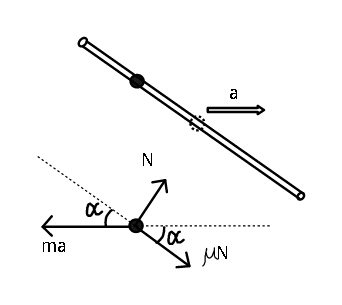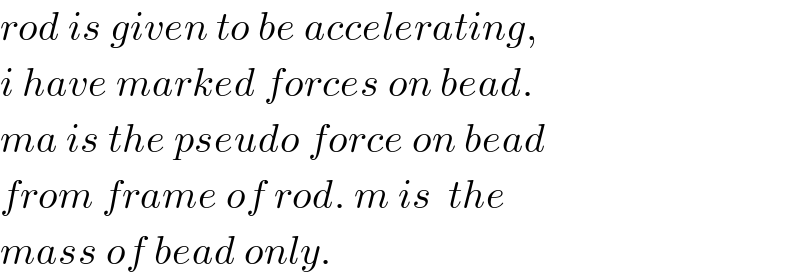Question Number 20764 by Tinkutara last updated on 02/Sep/17

Answered by ajfour last updated on 02/Sep/17

Commented by ajfour last updated on 02/Sep/17

Commented by Tinkutara last updated on 02/Sep/17

Commented by ajfour last updated on 02/Sep/17

Commented by Tinkutara last updated on 02/Sep/17

Commented by ajfour last updated on 02/Sep/17

Commented by Tinkutara last updated on 02/Sep/17

